Since Samsung Electronics developed the first mobile transmission network based on 5G core technology in 2014, 5G has become a hot spot in the technology industry. As an overturning technology, 5G will greatly change people’s lifestyles and be widely used in VR/AR, automatic driving, and other scenarios.
So, what support can 5G technology provide for VR/AR? In the 5G era, what are the expected application scenarios for the AR/VR experience? As an upgraded version of the 4G network, why does 5G become the tipping point of the VR/AR market?
1、The key of 5G to promote VR development is- high-speed transmission.
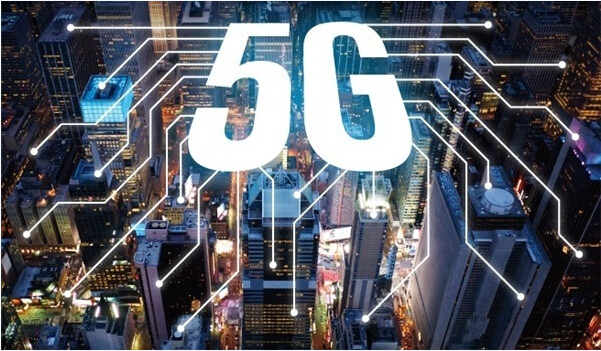
The so-called 5G refers to the fifth-generation mobile communication network. In short, the frequency used by 5G is much higher than that of 4G networks. The higher the frequency, the wider the frequency band. By widening the frequency band, the unit transmission can be greatly improved, resulting in an ultra-high-speed transmission rate (the frequency band can be understood as a lane, the lane is widened, and the speed is naturally increased).
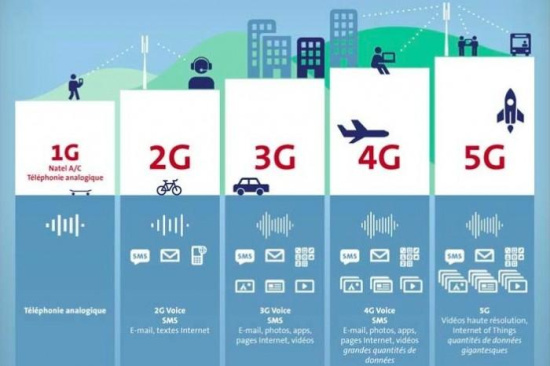
In theory, the maximum transmission speed of a 5G network can be as high as 10Gb per second. This concept means that in the 5G era, an Ultra HD movie can be downloaded within one second. Similarly, an ultra-high-definition VR panoramic video can also be played fluently in real time.
2、The core of 5G optimized VR experience – Micro Base Station
However, only ‘fast’ still cannot solve the delay problem of the VR/AR experience in the mobile terminal. In fact, the 5G network also uses a different base station layout and processing mechanism from the 4G network in its overall design to shorten the delay time in the traditional VR experience.
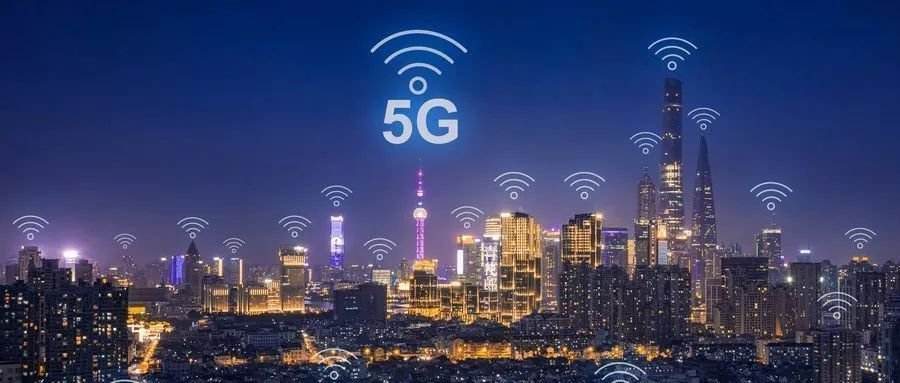
For the transmission network, the higher the frequency used, the greater the attenuation would be during the transmission process, which leads to the weakening of the coverage of the 5G network. Therefore, compared with 4G networks, the number of base stations required for 5G will be even larger.
At the same time, however, the reduction in coverage also reduces the transmission pressure carried by the base station. Therefore, compared to the macro base station built by the 4G network, the base station used more in the 5G network is micro base station.
In the future 5G era, micro base stations can be seen everywhere, and it will be spread all over the life and workplace. This also means that the base stations of the 5G network will be closer to the users. It may be hidden in the user’s office building, in the cafe where the user has a rest or even a few steps away from the user’s home.
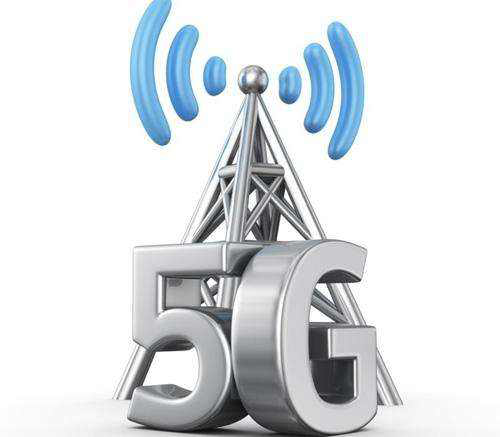
Based on the micro base station, the 5G adopts a mobile edge computer system, that is, sinking the processing logic to the edge of the network, that is, to the base station which is closer to the user. Once the user makes a request, the data can be transmitted to the base station in a very short time, and the base station can give feedback to the user more quickly.
It is based on this efficient transmission mechanism that the 5G network can greatly shorten the delay of VR/AR applications in mobile terminals. According to the guidelines set by IMT-2020, 5G will provide 1 millisecond OTA round trip delay. In fact, when the delay is less than 10 milliseconds, humans are basically unable to perceive the delay of the picture. Therefore, the arrival of 5G will completely eliminate the vertigo caused by the delay in VR use, thus truly improving the virtual experience of the mobile terminal.
3、In the 5G era, more VR application scenarios will become a reality
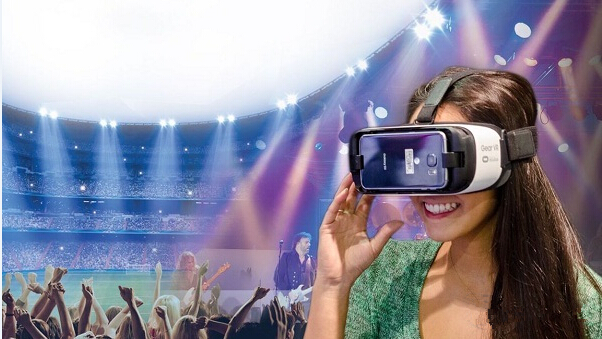
The 4G network can only meet some VR/AR applications, but the arrival of the 5G era not only enhances the existing virtual experience, but also expands new application scenarios, truly enabling VR/AR to exert its advantage in the mobile terminal and solve user‘s pain spot in life. With the advent of the 5G era, the uploading of HD VR videos and the smoothness of online play will be completed in seconds.
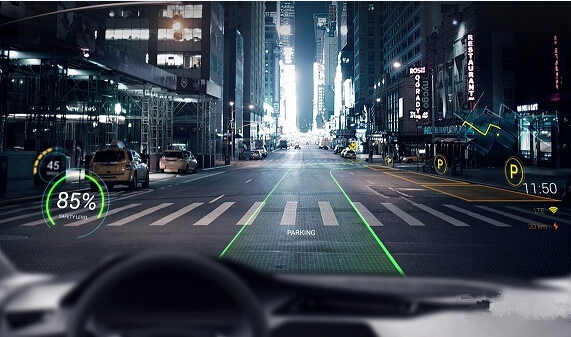
At the same time, 5G networks can also make AR-based car navigation a reality. Projecting information such as navigation maps and real-time road conditions on the windshield in front of the driver’s eyes, so that the driver can control the condition of the road while searching for the route, thereby improving the safety of driving and saving the driving time.
In addition, with the deployment of 5G, some applications with high real-time requirements, such as remote surgery, virtual classroom training and instant VR content creation, will also be popularized.
The development of AR/VR in the 5G era will open a new era for us. At the same time, the 5G era has brought great challenges to traditional data transmission, because traditional wired transmission relies on copper wire. Copper wire is affected by its innate physical characteristics, so bandwidth is limited and the distance is limited. Smartavlink team brings a new solution for the arrival of 5G. The OE conversion technology can solve various high-bandwidth, long-distance uncompressed time transmissions. It has been successfully applied in HDMI, DP, USB, TYPE C, customized VR, TV and other applications. We look forward to helping more customers implement a variety of applications, for more information, please visit smartavlink.com .
